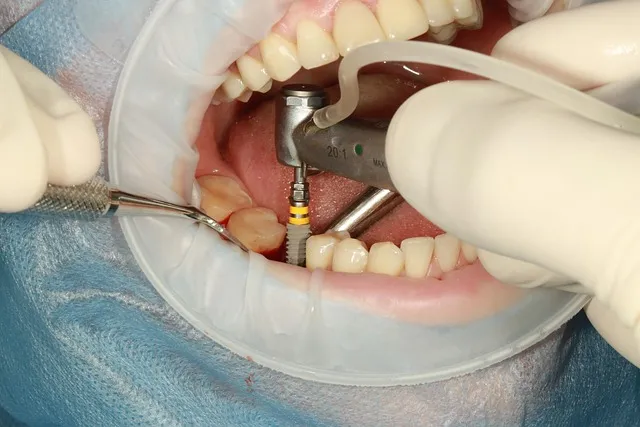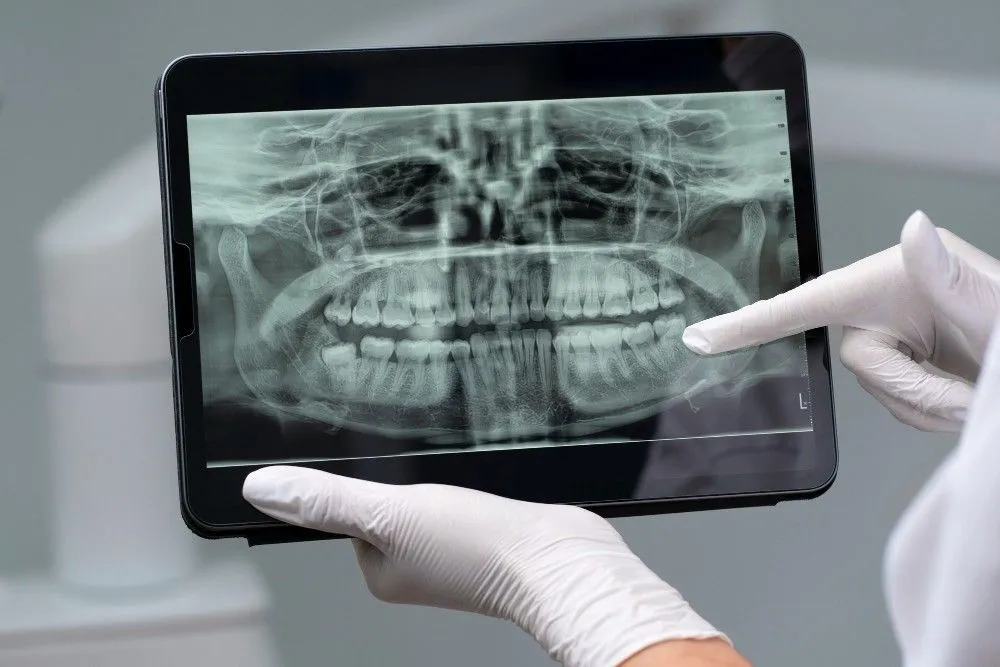The 2019 Global Burden of Disease reveals that untreated or unaddressed dental caries in permanent teeth is the world's most common health condition. In fact, the World Health Organization says dental caries is the most prevalent noncommunicable disease worldwide.
Even in the United Arab Emirates, dental caries is the most common dental disease, with a 41% to 83% prevalence rate among children aged zero to six years. It is so common you probably have it, too, especially if you don't have regular dental checkups. Indeed, now might be a good time to visit a dental clinic in Dubai.
What Is Dental Caries?
Dental caries is a disease characterized by a layer of live microorganisms in the mouth becoming unstable and thriving in an acidic environment. The bacteria convert sugars into acid, which leaches calcium out of the tooth enamel. Note: The sticky film of bacteria that forms on teeth surfaces is commonly known as plaque. Dental caries, the disease, may or may not lead to teeth lesions. However, when it does, it leads to tooth decay, manifested by the formation of tiny holes or openings on the tooth surface. Dental caries, therefore, is not only the name of the disease. It is also the name of the lesions or the visible damage the disease causes. Thus, dental caries is synonymous with dental cavities or tooth decay.Types of Dental Cavities
Dental cavities may be classified into three types, depending on their location.- Smooth Surface Cavity
- Pit and Fissure Cavity
- Root Cavity
Causes of Dental Caries
There are at least three necessary conditions before caries (the process or the disease) can occur.- First, there must be bacteria in the mouth or plaque on the teeth. Without bacteria, there will be no acid production.
- Second, there should be sugars or fermentable carbohydrates. That is what the bacteria digest to produce acid.
- Third, the tooth enamel must be weak. Specifically, the tooth enamel must be susceptible to the action of acids.
- Poor Oral Hygiene
- Excessive Sugar Intake
- Insufficient Fluoride Exposure
Symptoms of Dental Caries
Dental caries ultimately manifests as cavities or tiny holes on the hard surface of the teeth. Therefore, visible pits and holes are the most obvious symptom of this dental condition. However, caries may occur with or without visible lesions or cavities. Furthermore, if you don't get regular dental checkups, the lesions may be present, but you may be unaware they're there. The following are the other common symptoms of dental caries.- Stains on the tooth surface: The stains may be white, black, or brown.
- Tooth sensitivity: This is characterized by a sudden shooting pain or discomfort when you bite into something hot, cold, sweet, or sour.
- Toothache: This is a persistent soreness or pang on one or more teeth.
- Pain: You feel pain when you eat something, especially when chewing or biting down on the affected tooth.
Prevention
The following can help prevent cavities and tooth decay.- Regular Brushing
- Regular Flossing
- Use of a Fluoride Toothpaste
- Reduce Sugar Intake
- Eat Healthy
- Visit You Dentist Regularly
Treat Tooth Decay
Dental caries can lead to permanent teeth damage. The strategies above can help you prevent and slow down tooth decay. If you have cavities, get them treated by your dentist, so they don't become larger and lead to complications.
Reviewed by







